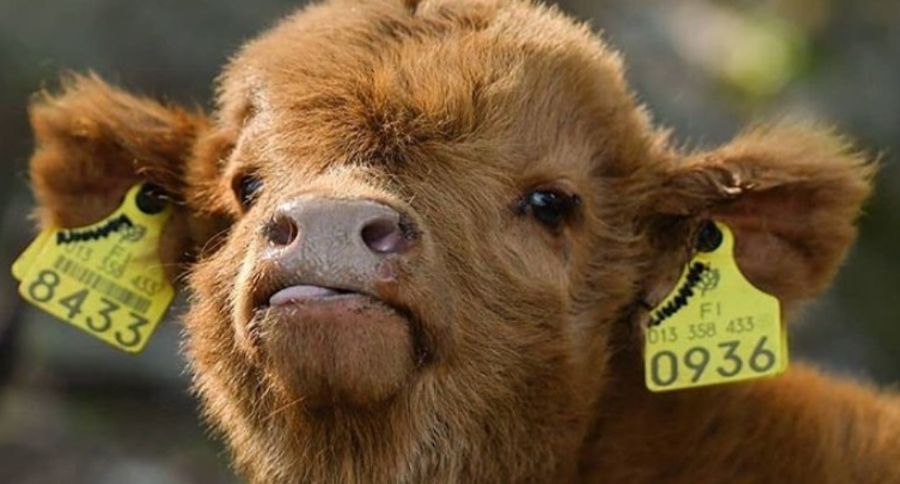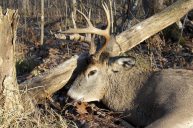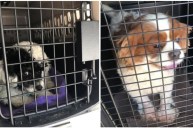Cases of anthrax continue to appear in Texas livestock. Anthrax, caused by Bacillus anthracis, is a spore-forming bacterium that is naturally occurring in the soil in certain parts of Texas and around the world. It's zoonotic and can affect humans.
Texas A&M Today reports there have been 10 positive cases in several species confirmed.
"The Texas A&M Veterinary Medical Diagnostic Laboratory (TVMDL) plays a vital role in animal disease surveillance efforts, including anthrax. On average, TVMDL diagnoses two to three positive cases of anthrax annually in the summer months. Thus far in 2019, the agency has confirmed 10 positive cases in several species, including exotic antelope, goats, horses, white-tailed deer and cattle. All positive cases have come from a Texas region with a historical presence of anthrax."
Drovers.com tells us that conditions contribute. During drought conditions, cattle often graze sparse forage plants closer to the ground, increasing the likelihood they'll consume soil containing the B. anthracis spores. In wet or flooded conditions, such as this spring in many areas, high water can transport spores from the soil and deposit them on plants, again resulting in localized outbreaks.
https://www.instagram.com/p/B0MTiIplZPv/
The Texas Animal Health Commission's (TAHC) latest situation update confirms one new case of anthrax has been detected on-premises in northwest Kinney County, and another on a new premise in southwest Sutton County. This is the first confirmed case of anthrax in Kinney County this year and the sixth confirmed case in Sutton County.
Texas A&M Today also reports the clinical signs.
- Fever
- Disorientation
- Labored breathing
- Muscle tremors
- Congested mucous membranes
- Collapse
"Clinical signs of anthrax in cattle, sheep, goats and deer may include fever, disorientation, labored breathing, muscle tremors, congested mucous membranes and collapse. It is possible for sudden death to occur without the presence of clinical signs. An animal can appear healthy and be dead within a matter of a few hours. In addition to the above clinical signs, horses may show signs of colic, enteritis and swelling of the neck and lower abdomen."
All the animals confirmed are immediately quarantined.
We'll continue to watch these anthrax cases and report any additional news for livestock owners. The death of animals is a horrible reason to have to write up a story so hopefully, this will be it. These Texas counties seem to be the hardest hit. Watch for these symptoms of anthrax if you suspect this is an issue for your livestock.
If you live in a high-risk area, TAHC officials encourage producers to follow basic sanitation precautions when handling affected livestock or carcasses. Wear protective gloves, long sleeve shirts and to wash thoroughly afterward to prevent accidental spread of the bacteria to people.
Tell us what you think, do you know of any of these cases, in the comments below!
WATCH NOW: 12 Things You Didn't Know About Texas Longhorns




